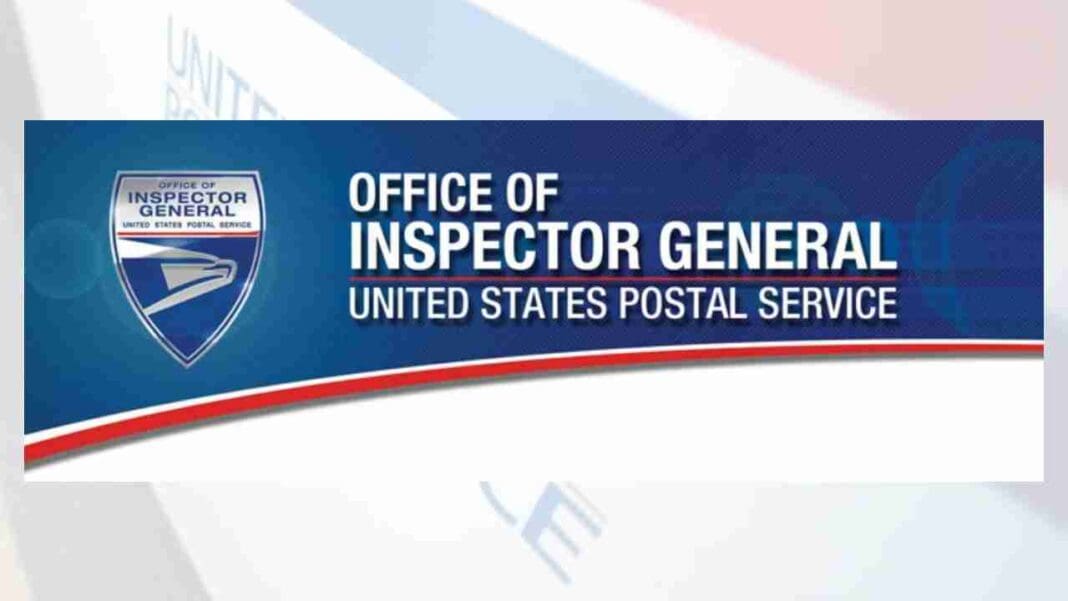Background
The mission of the U.S. Postal Inspection Service is to support and protect the U.S. Postal Service and its employees, infrastructure, and customers. Postal inspectors are law enforcement agents who are assigned accountable property, such as surveillance equipment, for investigative purposes. Surveillance equipment is an electronic or mechanical device used to capture communications, visual images, and physical locations for investigative purposes. As of fiscal year 2023, the Postal Inspection Service had about 10,000 pieces of law enforcement surveillance equipment valued at over $65 million. Effective management of law enforcement equipment ensures the Postal Inspection Service can fulfill its important mission of countering mail theft and narcotics in mail and preventing identity theft to support and protect the Postal Service and its customers.
What We Did
Our objective was to determine whether the Postal Inspection Service has efficient and effective controls to manage its law enforcement surveillance equipment. Along with Postal Inspection Service National Headquarters, we judgmentally selected five of the 16 Postal Inspection Service divisions, and five domiciles with the highest amount of law enforcement surveillance equipment. We performed physical inventories, compared results to the inventory management system, reviewed related policies and procedures, and evaluated system security controls.
What We Found
The Postal Inspection Service did not maintain an accurate inventory of surveillance equipment in its inventory management system, the Electronic/Technical Surveillance Tracking System. Specifically, we identified 134 of 404 (33 percent) pieces of electronic surveillance equipment and 464 of 1,238 (37 percent) pieces of technical surveillance equipment that we reviewed were either recorded with errors or were not recorded in the inventory management system. Further, we found policies and procedures were not updated to reflect current practices for managing equipment. Additionally, Postal Inspection Service management did not assign Electronic/Technical Surveillance Tracking System user roles based on job responsibilities or remove unauthorized users from the system. Lastly, we identified three critical system errors restricting users’ ability to temporarily transfer, assign, or document the disposal of surveillance equipment.
Recommendations
We made six recommendations to address the overarching causes of inaccurate inventory of electronic and technical surveillance equipment, and three to ensure the integrity and security of the surveillance inventory system.



